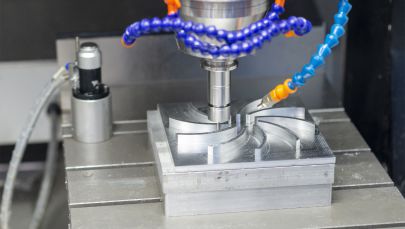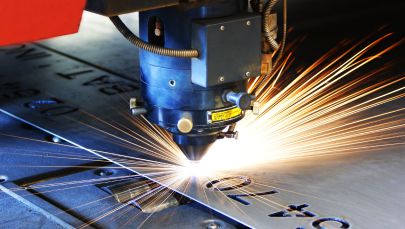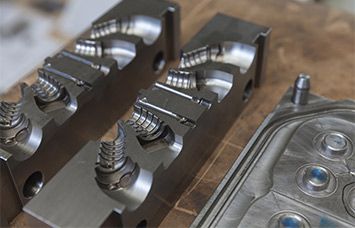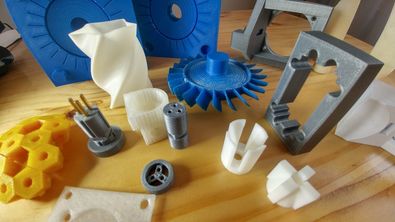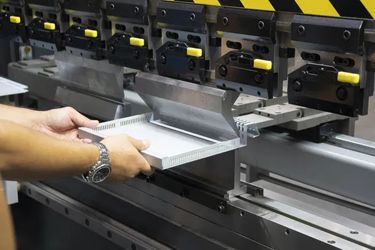Online STEP File Viewer
With eMachineShop’s free online STEP file viewer, you can simply upload a .step or .stp file and the online viewer will open the design in a three-dimensional representation which you can rotate around multiple axes. eMachineShop’s online STP file viewer also displays data from the design file such as basic measurements, file information, and more. eMachineshop’s online STEP file viewer renders and verifies file integrity of STEP files made with Solidworks, AutoCAD, Fusion 360, CATIA, Solid Edge, NX, Creo, FreeCAD, TurboCAD, Rhino, and more. Works for Mobile and Desktop and is Windows, Apple, Linux, Android, and iOS compatible.
What are STEP files?
STEP files are a popular file format used to store and transfer both 3D and 2D geometry models, parts, and design data. The moniker STEP stands for STandard for the Exchange of Product data. The file format can also be categorized as ISO 10303. STEP files will either be labeled with .step or .stp. Both of these labels are actually interchangeable and there is no difference between a .step file and a .stp file.
Advantages of using STEP files for 3D modeling
- STEP files are highly transferable, making them a great choice for sharing 3D model data between different programs, applications, platforms.
- STEP files are highly accurate, meaning that the 3D models rendered from them will have fewer errors and issues when printed or machined.
- STEP files make it easier for collaboration between designers, allowing for quick and easy edits to be made to 3D models across numerous CAD softwares.
- Since STEP files are widely used for 3D model manufacturing, they are easier to use for automated manufacturing processes, allowing for quick and easy integration into product manufacturing lines.
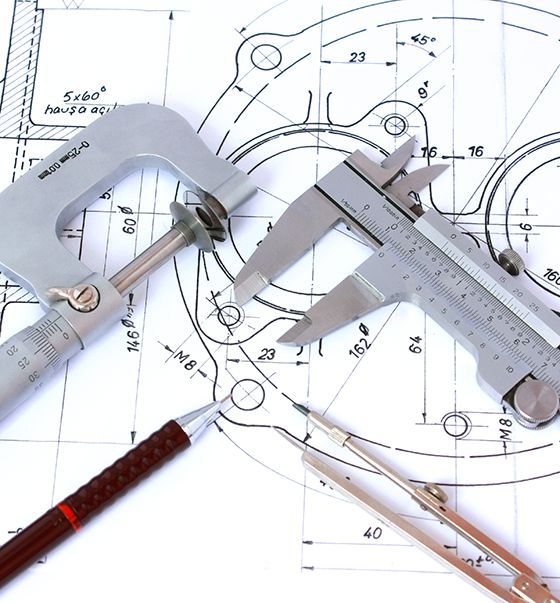
Why are STEP files popular for CAD modeling?
STEP files provide three-dimensional model data which are commonly used with CAD (computer-aided design) software programs. The main reason STEP files are so widely used in three-dimensional modeling applications is because it can save the dimensional intricacies of a design or model as text, which then can be easily interpreted by various CAD programs. As a result, STEP files make creating, sharing, and editing models more accessible, since they are not proprietary to a specific CAD software program.
Unlike other file formats, .step or .stp files do not contain just the basic geometric information of a design, they actually store a 3D model’s full body while maintaining a high level of precision which allows for easier and more accurate file sharing and opening. Since STEP files encode 3D model information into a widely used and accepted text code format, they are easier to edit, share, and view metadata without losing quality or accuracy. Since STEP files encode 3D models as text, they are easier to compress compared to other file formats, which makes them ideal for open sharing on the internet. The ISO 10303 file format also enables machine tool path calculations which make them ideal for CNC machining.

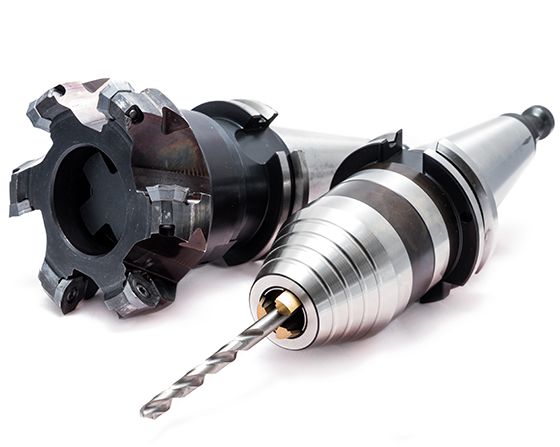
STEP files versus STL files
STEP,ISO 10303, files and STL files are the most commonly used formats in CAD modeling. While STEP files save models with high precision as a full three-dimensional entity, STL (STereoLithography) files encode the exterior geometry of the model and simplify its features into a series of triangles that are free of gaps and overlaps. As a result, STL files are simpler and more storage-efficient than STEP files, but they lack the ease of editing, collaborating, and dimensional accuracy, especially with curved surfaces, that STEP files can offer.
While STEP (STP) files are commonly used in CAD modeling for CNC machining and injection molding, STL files are more widely used in 3D printing modeling since many 3D printing software and hardware systems can open, process, and export these files with ease.
How to convert other files to STEP files
If your current design file is in DXF, IGES, or STL format, you can use eMachineShop’s Free Online CAD File Converter which will open and convert it into STEP (STP) format.
Do you have another type of file that you would like to see rendered?
If you have another file type, such as DXF, STL, or IGES, that you would like to see rendered into a three-dimensional model you can visit our resource page to find our other free online file viewers.




